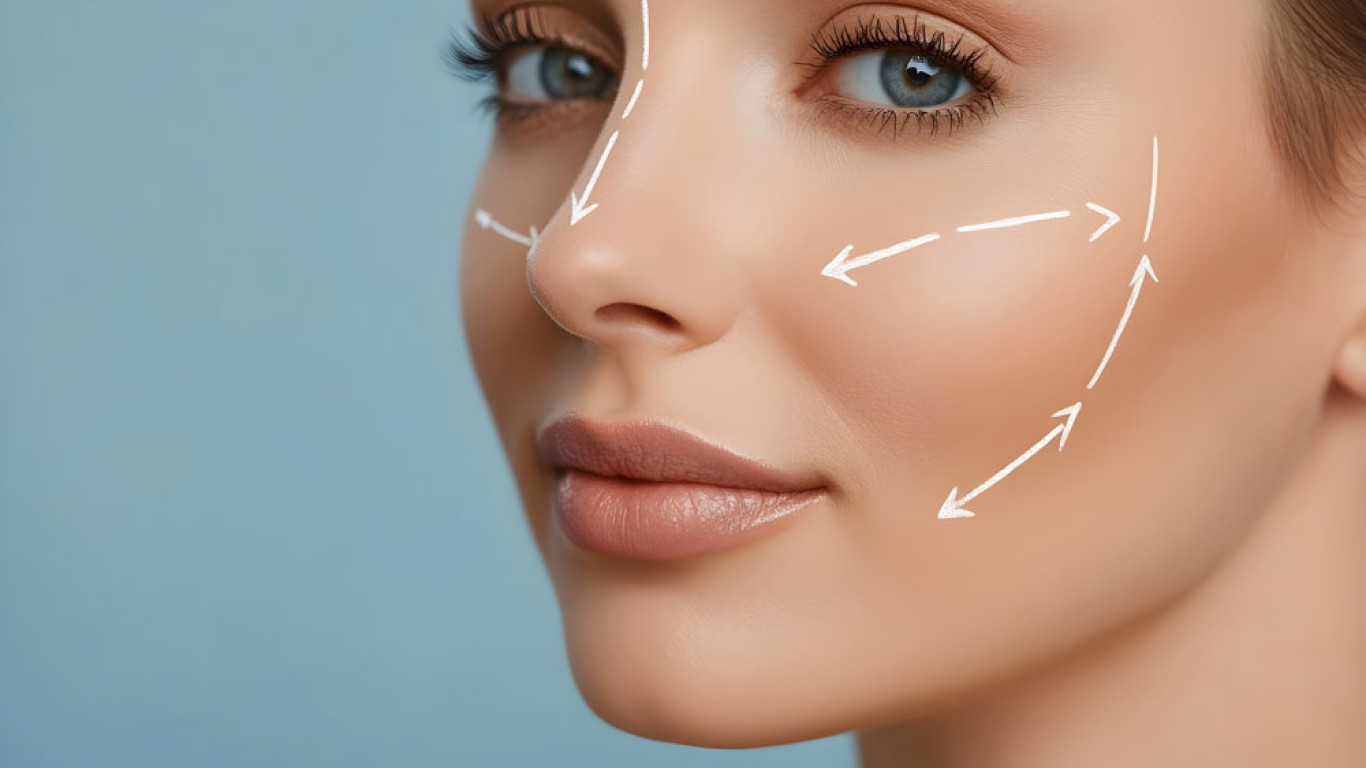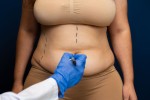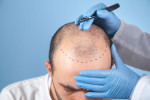Many patients today want refined improvement rather than dramatic change. As a result, modern facelift methods focus on anatomical precision, predictable movement, and proportionate lifting. These techniques aim for balanced refinement rather than surface pulling. Clinics increasingly use advanced planning tools and layered correction to achieve natural facelift results. Patients tend to prefer these because they maintain individual features while improving structural support. This guide explains the methods used to achieve natural outcomes and how surgeons plan treatment. Discover which techniques contribute to realistic refinement.
What Defines Natural Facelift Results
Natural outcomes depend on anatomical consistency. They rely on repositioning deeper structures rather than tightening the skin. Surgeons examine tissue descent patterns, ligament behaviour, midface volume and neck integrity before lift planning. Natural results avoid distortion, irregular tension, and excessive elevation.
Achieving natural facelift results requires understanding how the face ages. The deepest changes occur in ligaments, fat pads, and muscle layers. This means surface pulling alone cannot correct the underlying descent. Instead, structural repositioning supports a balanced appearance that aligns with natural facial movement.
The Importance of Deep Structural Correction
The most natural improvements result from adjusting deeper layers like the SMAS and retaining ligaments. The deep plane facelift, SMAS repositioning, and composite techniques focus on these anatomical regions. They lift the face as a unit rather than separating layers that should move together.
This deeper approach avoids tension across the skin. It also maintains normal transitions between the midface, jawline, and neck. Deeper structures provide the foundation for facial shape. So targeted repositioning supports a smoother contour with reduced irregularity.
Avoiding the “Overdone” Appearance
One of the goals of natural facelift planning is avoiding surface distortion. Over-tightening the skin, removing too much tissue, or ignoring underlying structures can create visible tension. Instead, surgeons release deep ligaments that restrict natural upward movement. This allows repositioning without strain.
Additionally, surgeons maintain natural volume distribution. Removing too much fat or tightening one region disproportionately can disrupt harmony. Balanced correction prevents exaggerated angles and supports natural facelift results patients often prefer.
Using 3D Imaging for More Accurate Planning
Modern clinics increasingly use 3D imaging and AI tools during consultations. These systems analyse facial proportions, descent patterns, and tissue depth. They also compare symmetry and highlight areas that require targeted correction.
This technology contributes to predictable outcomes. It helps surgeons visualise potential changes before surgery. Additionally, it improves incision planning by mapping tension lines and natural folds. This supports discreet placement and reliable closure.

Techniques Used to Create Natural Facelift Results
Several methods contribute to natural outcomes:
- Deep Plane Facelift: This approach repositions deeper fat pads and releases retaining ligaments. It restores midface support and softens nasolabial folds.
- SMAS Plication or SMASectomy: These techniques tighten or reduce the SMAS layer depending on its thickness and condition.
- Neck Contouring: Many surgeons combine facelift procedures with platysma tightening. This ensures a smooth transition between face and neck.
- Fat Repositioning: Instead of significant fat removal, repositioning supports youthful structure.
Each technique is applied only if the patient’s anatomy requires it. This tailored approach is central to achieving natural facelift results.
Balanced Correction of the Midface
Midface descent contributes heavily to aged appearance. A natural facelift restores midface height by repositioning the deep malar fat pad. This improves cheek contour and reduces fold depth without excessive volume changes.
Surgeons examine cheek projection, ligament tension, and tissue quality. This ensures they apply the correct amount of lift. Balanced midface work avoids hollowing and maintains facial proportions.
Natural Facelift Results: Jawline and Neck Refinement
A defined jawline depends on coordinated treatment of the lower face and neck. Many facelift procedures incorporate platysma muscle repair, neck liposuction, or deep contouring. These steps maintain continuity between lifted tissues and corrected neck structures.
Without coordinated correction, the jawline may appear inconsistent. Therefore, many surgeons integrate neck assessment into natural facelift results planning.
Natural Facelift Results: Role of Volume in Natural Outcomes
Ageing includes both descent and volume loss. Therefore, natural facelift strategies sometimes incorporate limited fat grafting. This restores areas such as the temples, nasolabial region, or midface.
Volume is added conservatively, maintaining anatomical shape while addressing hollows. Because excess volume can distort facial proportions, surgeons use precise measurements when planning grafts.
Conclusion
Achieving natural facelift results requires deep structural correction, balanced planning, accurate imaging, and controlled repositioning of tissues. Modern facelift methods rely on anatomical precision and adjustment to maintain natural expression and movement. Through careful assessment and detailed technique selection, surgeons create refined outcomes patients prefer for their balanced appearance.
For more information and to book a consultation visit the ACIBADEM Beauty Center Facelift webpage.
Frequently Asked Questions
Deep structural correction and balanced repositioning support natural movement and contour.
No, techniques vary depending on anatomy and tissue behaviour.
It offers deeper correction when tissue descent requires structural adjustment.
Yes, controlled volume placement supports proportional results.
Yes, imaging helps analyse symmetry, descent, and structure.














